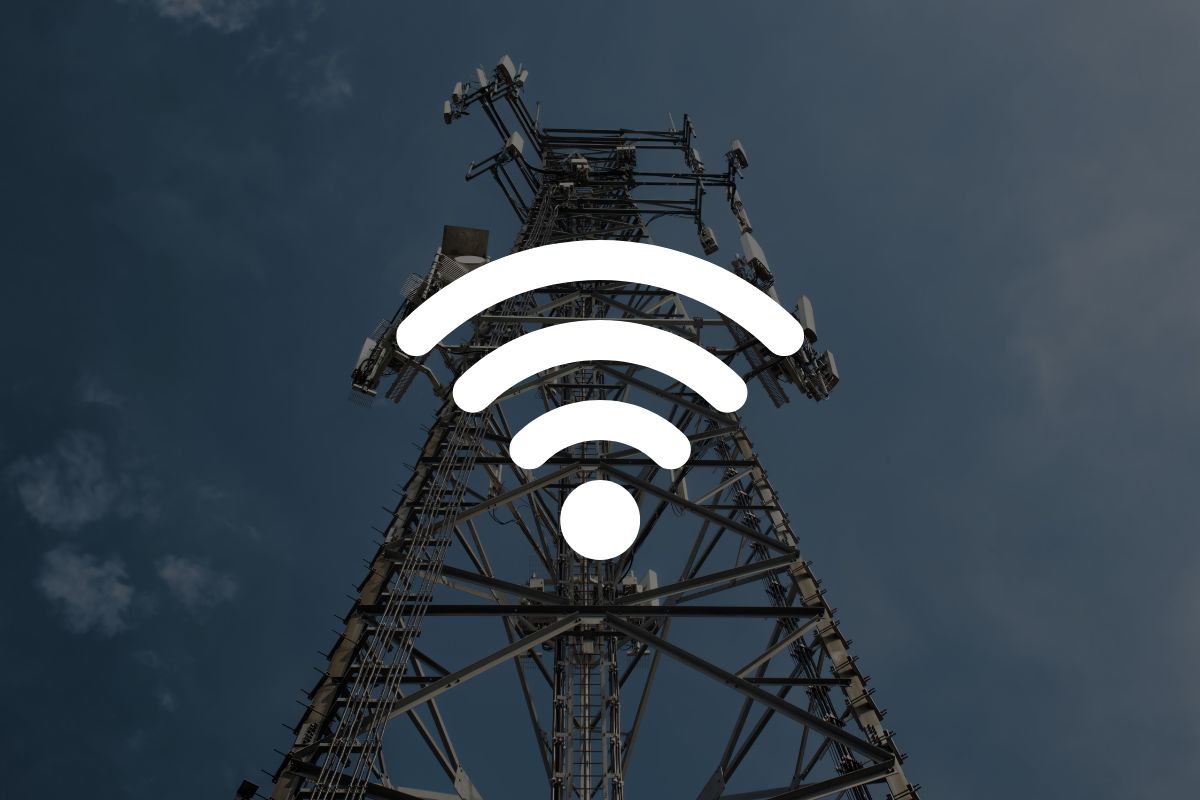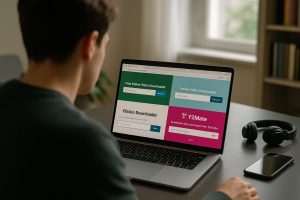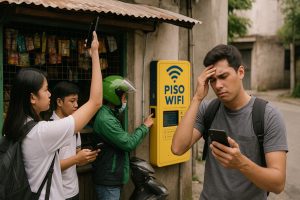Ways to Use Public WiFi Safely

You’re in a café, the coffee’s great, and there’s free WiFi. It’s tempting to connect right away, open your laptop, and start working or browsing. But while public WiFi is convenient, it also comes with risks. Hackers love unsecured networks. They can sneak in, grab your personal info, and leave without a trace.
That doesn’t mean you need to avoid public WiFi completely. You just need to know how to use it wisely. A few smart habits can protect your data and keep your online activity safe, even on shared networks.
How to Stay Safe While Using Public WiFi
Here’s a quick overview of what this article covers:
- Why public WiFi can be risky
- Steps to protect your information
- What to avoid while connected
- Tools and habits that make a big difference
- Tips that work whether you’re on a phone, tablet, or laptop
These tips are for anyone who works remotely, travels often, or just wants to browse without worrying about security.
Public WiFi Isn’t Always Secure
When you connect to an open network—like in a coffee shop, airport, or hotel—you’re often sharing that space with dozens or even hundreds of other users. Most public networks don’t require passwords or use basic protections.
That makes it easier for someone nearby to watch your traffic. They might not see your screen, but they could capture login details, messages, or payment info—especially if the sites you visit aren’t encrypted.
The good news? Most of this can be avoided with a few simple precautions.
Stick to HTTPS Websites
The “s” in HTTPS stands for secure. Sites that use HTTPS encrypt the information between your device and their servers. That means even if someone is watching your connection, they won’t be able to read what you’re sending.
Most browsers show a padlock icon in the address bar when a site uses HTTPS. If you don’t see it, think twice before entering passwords or personal data.
You can also install browser extensions like HTTPS Everywhere, which tries to load the secure version of every site you visit.
Use a VPN (Virtual Private Network)
A VPN creates a secure tunnel between your device and the internet. It hides your IP address and encrypts everything you do online. This is one of the most effective ways to stay safe on public WiFi.
There are plenty of VPN providers out there, both free and paid. If you travel often or work remotely, a good VPN is worth the investment. Just make sure to choose one with strong privacy policies and reliable performance.
Turn it on before you connect to a public network, and leave it running while you browse.
Avoid Online Shopping or Banking
Even with a VPN, it’s smart to avoid doing sensitive tasks over public WiFi. That includes checking your bank account, making online purchases, or accessing confidential work files.
If it can wait, save it for when you’re on a trusted network. If you must log in to these types of sites, make sure they use HTTPS and two-factor authentication (2FA) for extra protection.
Turn Off Sharing Features
When you’re on a public network, it’s a good idea to turn off file sharing, printer access, or anything else that makes your device visible to others.
Most devices have a setting for this. On Windows, you can set the network as “public” to turn off sharing automatically. On macOS, you can go into System Preferences > Sharing and uncheck everything.
This helps keep your device from being discoverable by others nearby.
Keep Your Firewall and Antivirus Active
Firewalls block unauthorized access to your system, while antivirus software catches potential threats. Together, they add a layer of protection against anyone trying to sneak into your device.
Make sure your operating system is up to date, and that you’re using trusted security software. Free tools can work, but paid options usually offer better real-time protection and fewer ads.
Turn Off Auto-Connect
Some devices are set to automatically join known networks. While this is convenient, it can also connect you to rogue hotspots that look legit but are run by attackers.
Go into your WiFi settings and disable auto-connect for public networks. That way, you’ll always have control over where your device connects.
It’s also a good habit to “forget” networks you don’t use anymore, especially open ones you’ve joined in the past.
Log Out When You’re Done
When you finish using public WiFi, log out of any accounts you accessed—especially email, cloud storage, or social media. This reduces the risk of someone hijacking your session after you disconnect.
It’s also a good idea to restart your browser and even your device, just to clear any cached data or active connections.
Use Two-Factor Authentication
2FA adds an extra layer of protection by requiring something you know (your password) and something you have (a code sent to your phone or app).
Even if someone manages to steal your password while you’re on public WiFi, they still won’t be able to log in without that second factor.
Many services now support 2FA, and setting it up only takes a few minutes. It’s one of the simplest ways to secure your online life.
Don’t Trust Just Any “Free WiFi”
It’s easy for attackers to set up fake hotspots with names like “Free Cafe WiFi” or “Airport_Guest.” These mimic real networks and lure users in.
If you’re unsure whether a network is legit, ask a staff member for the correct name. Avoid connecting to anything that looks suspicious or unfamiliar.
A Little Caution Goes a Long Way
Public WiFi is part of everyday life now. Whether you’re working from a coffee shop, watching videos at the airport, or checking email at a hotel, it’s all about staying connected.
But staying connected shouldn’t come at the cost of your privacy. With a few basic tools and habits, you can protect your data and use public WiFi with more confidence. Safe browsing doesn’t mean locking everything down—it just means staying smart while you’re out in the world.






